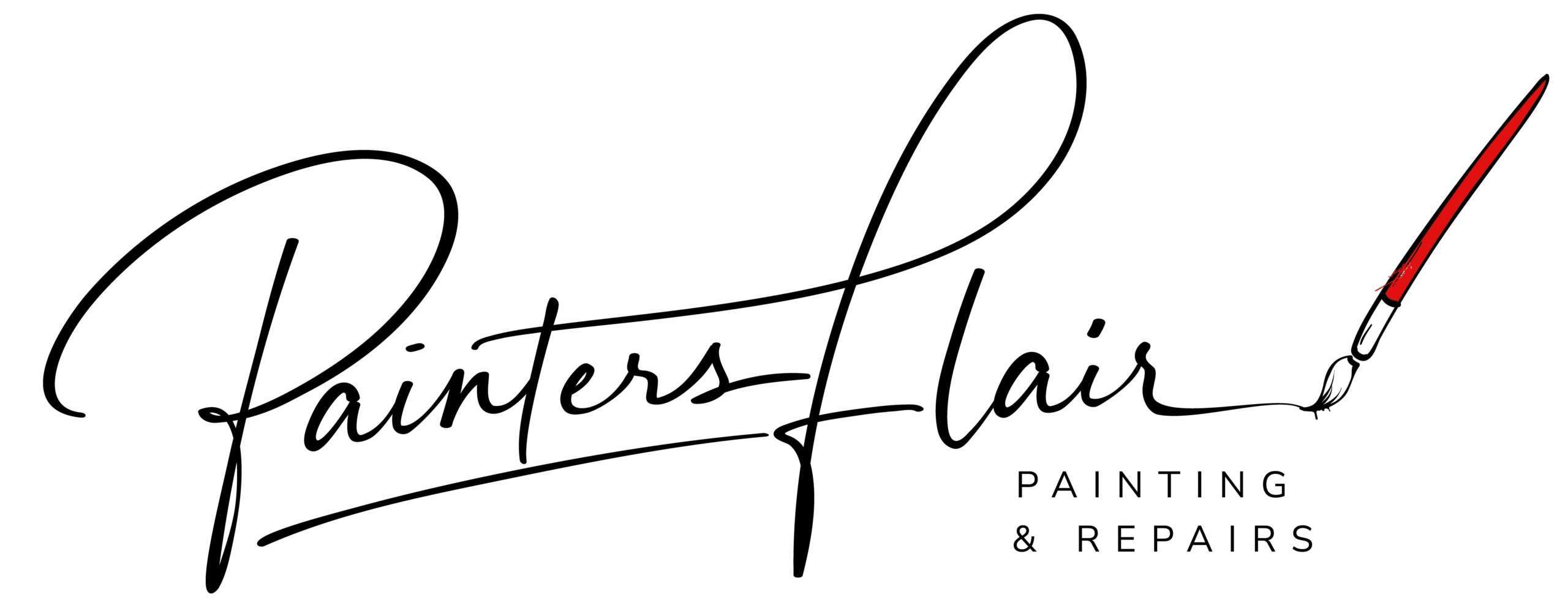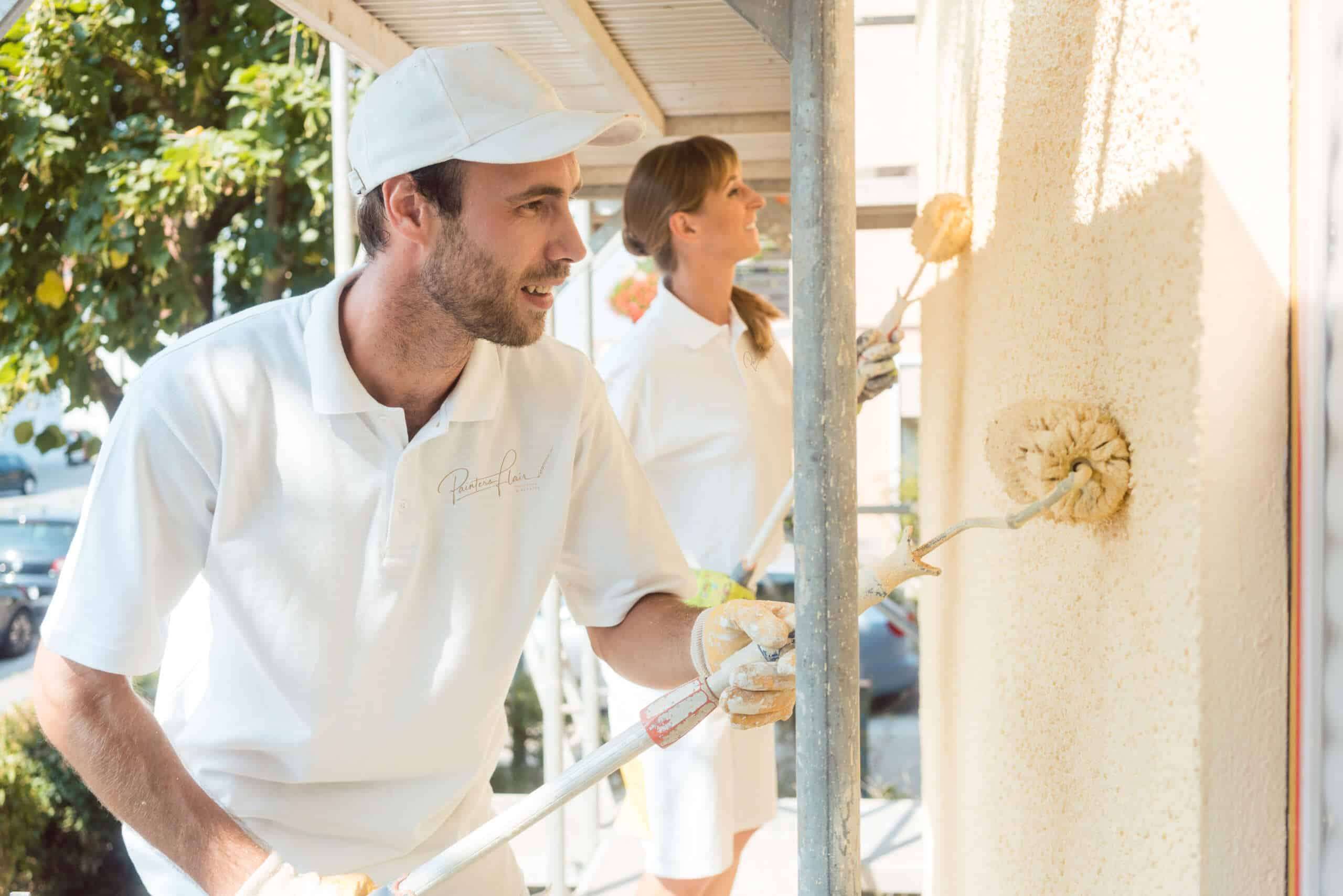Do you want your home to stand out? Choose a color that shows personality. Oftentimes, color makes you feel that your home is unique, especially to those people who live in a housing development wherein homes are built with similar style and architecture. In these areas, house painting is the only way to distinguish themselves from the others, so when it is time to get your house painted, then it sure requires some thought.
Picking house paint colors makes the exterior painting process more complicated. You may already have a color in your mind, but still not sure. If you pick colors that are dull, your house may seem flat and featureless. However, if the colors you pick are too bold, they might overwhelm the architecture and eventually upset the neighbors. Once you get your color right, house painting will highlight the most beautiful features of your home.
Quality house painting can even disguise architectural and design flaws, boost up the curb appeal and increase market value of your home. If you are renovating, it may contribute some to the cost and transformation of your house, but inexpensive compared to other renovations that you can have done. With a few tweaks of colors it could restore the glow of your house as it was before.
Your house must blend with its surroundings when choosing an exterior paint color combination, because if you don’t subscribe to the norm, your house will stick out like a sore thumb. If that happens, you will stand out in a negative way. Get color ideas from the house next door, but don’t copy. Just choose colors that set your house apart without clashing with nearby buildings. To be safe, stay in a single color family, although clashing of colors draw attention, too much of it detracts the details which doesn’t look good.
Try to maintain the balance of color over your entire house. A burst of a single color on just one part of your home may give it a lopsided appearance. Also, Consider blending into the nature around you. The landscape around your house is full of colorful expressions. It will be more appropriate if you live in areas full of trees, to use greens or browns. Along the beach might suggest blues, turquoises, and coral colors. Even the flower garden in your front yard can be a source of color to craft the color theme of your home.
If you’re planning to paint an older home, use a historically accurate color scheme, but if it’s new, use modern colors to dramatize architectural details. Different colors have different longevity and maintenance. Dark shaded colors for siding will make your house look smaller and will draw more attention to details. Dark colors with lighter trim will highlight details. So if you have a lot of trim, go for dark shaded colors for siding.
Although dark colors can conceal surface blemishes, they fade easier when exposed to direct sunlight, so frequent maintenance is imposed. Light colors make the house look larger and can reflect more light which makes your house vibrant. However, stains will show up more on light color shades, but fading is less noticeable.
House painting is a serious matter because paint colors can transform the overall appearance of your home. Studies shows that it can affect your mood. Therefore, it is recommended that if you live in the home, make sure you like your color choices and that they truly compliment the style of the home. Home itself is an amazing thing, and house painting just amplifies its beauty.
Nicky Taylor is CEO of a house painting and home improvement company. Nicky is a leader among the house painters in the north Atlanta Georgia area. He shares his knowledge on exterior painting and other home improvement topics at the above painting contractor links through articles and resource materials at the company website for anyone planning to undertake their own projects.







